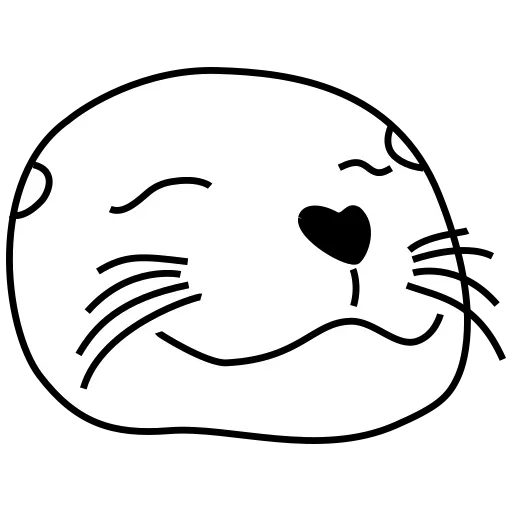

-
Emotional support alligator banned from local pizza parlor
-
Emotional support alligator no longer allowed in municipal swimming pool
-
Emotional support alligator no longer permitted in first class seats on American Airlines flights, moved to economy class
-
Emotional support alligator banned from men’s bathroom at local club: ‘that alligator is female’











American Airlines expects all passengers, be they mammal or reptillian, to act responsibly and respectfully towards other passengers, including after use of American Airlines’ first class complimentary alcoholic beverages menu.